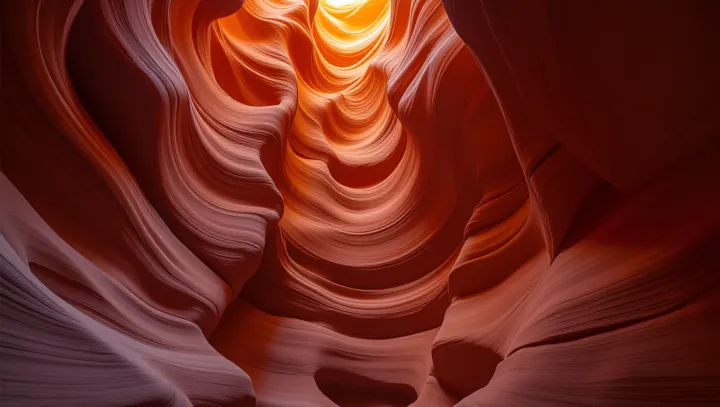The Secrets Behind Antelope Canyon's Beauty

Antelope Canyon, a world-renowned slot canyon located in Arizona, offers visitors a mesmerizing spectacle of nature's unparalleled creativity. The canyon's striking rock formations, resembling flowing waves of color, are primarily the result of centuries of flash floods that have sculpted its magnificent interior. Situated in the Navajo Nation territory, Antelope Canyon is divided into two segments: Upper and Lower.
Each segment boasts its unique charm, attributed to the relentless action of water above its sandstone bedrock. During flash floods, water rushes through the narrow passages, smoothing and carving its walls into breathtaking patterns. Experts emphasize the fragility and wonder of Antelope Canyon's formation process.
'Understanding the geological forces at play here underscores the importance of conservation efforts,' says geologist Sarah Thompson. Maintaining awareness of the canyon's vulnerability to natural elements and human activity is crucial for its preservation. As climate change prompts shifts in weather patterns, the frequency and intensity of floods could alter this landscape even further.
Ongoing research and careful management are imperative to balance visitor experiences with ecological integrity, ensuring Antelope Canyon remains a testament to nature's dynamic forces.
